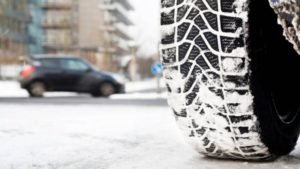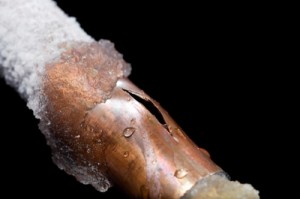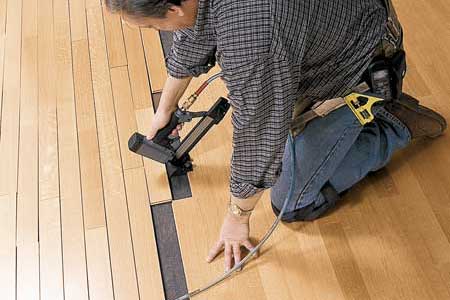 Good tires will perform well in all kinds of conditions, snow , rain, hot pavement, gravel roads and sandy beaches. In fact, your tires actually give you much more comfort than many people realize. Good tires that are properly inflated and balanced along with the suspension system absorb the bumps and potholes on the road providing you with a smooth ride at slow as well as high speeds. The tire performance is optimized when you they are balanced and inflated to the correct tire pressure.
Good tires will perform well in all kinds of conditions, snow , rain, hot pavement, gravel roads and sandy beaches. In fact, your tires actually give you much more comfort than many people realize. Good tires that are properly inflated and balanced along with the suspension system absorb the bumps and potholes on the road providing you with a smooth ride at slow as well as high speeds. The tire performance is optimized when you they are balanced and inflated to the correct tire pressure.
With this in mind, it is important that you do take good care of your tires. In fact, you would not want to be driving a car that has worn out tires on it since it would be unsafe in many different situations, rain, snow and ice to name three.
Bald tires do not provide sufficient traction in these conditions and they are also more prone to blowouts. Aside from this, your chances of meeting a flat tire or having one of your tires blow up increase as the tread is worn down. Taking care of tires is important and relatively easy.
Tire Performance – Maintain Your Tires
There are four things that must be done to maintain your tires:
- Proper inflation
- Balance
- Tire rotation
- Alignment
Proper Inflation
At least once a month, you should check the tire pressure. All tires should be checked. To be sure that you have put in the right amount of pressure, check your car owner’s manual to confirm the proper pressure level. You may also find the information regarding this stamped on the side of the tire or on the information plate on the door jam. Make sure that you do not under inflate them or over inflate them. Both can cause premature tire wear.
Alignment
While driving, if you notice that your car is pulling in one direction even if you are driving on a straight road, then would be the time to have the wheels aligned. By having the car aligned, you are driving much safely and you also are lessening the pressure on the tires thus making them last longer.When the car pulls to one side or the other, the tires are also wearing on one side, which will prematurely cause them to wear out.
Balance Your Wheels – Tire Performance
You should also have the wheels checked and balanced if you feel continuous vibrations while driving at certain speeds. This is cause by the wheels not being properly balanced and can cause them to wear more quickly. While they are being balanced you should also have the tires rotated on your car to take advantage of different wear patterns on each side of the car.
Tire Rotation
Check your car’s manual for proper instructions concerning when to rotate your tires and the method of rotation. This will help to ensure that your tires will last longer and wear evenly across all four tires.
Your cars tire performance can be maximized if you take care of them following these steps mentioned above. Every tire has an expected life span and mileage expectation. You will only achieve the advertised amount of mileage if you maintain your tires at the optimal level all of the time, other wise they will wear faster than they should.
If you have comments on tire performance, on maintaining your tires etc, please feel free to leave comments. Our readers will appreciate your input. For more information on tire performance, click here.

